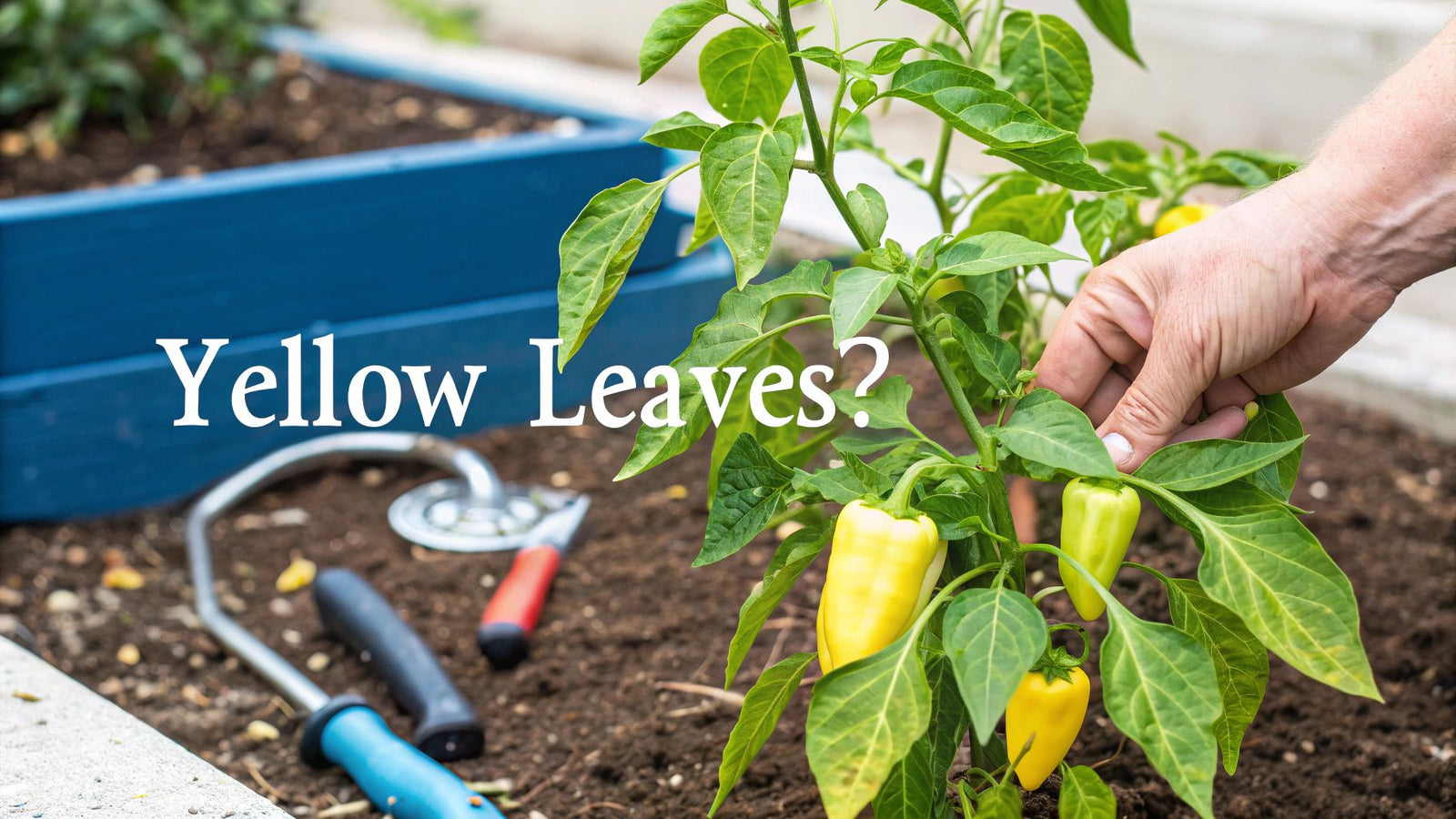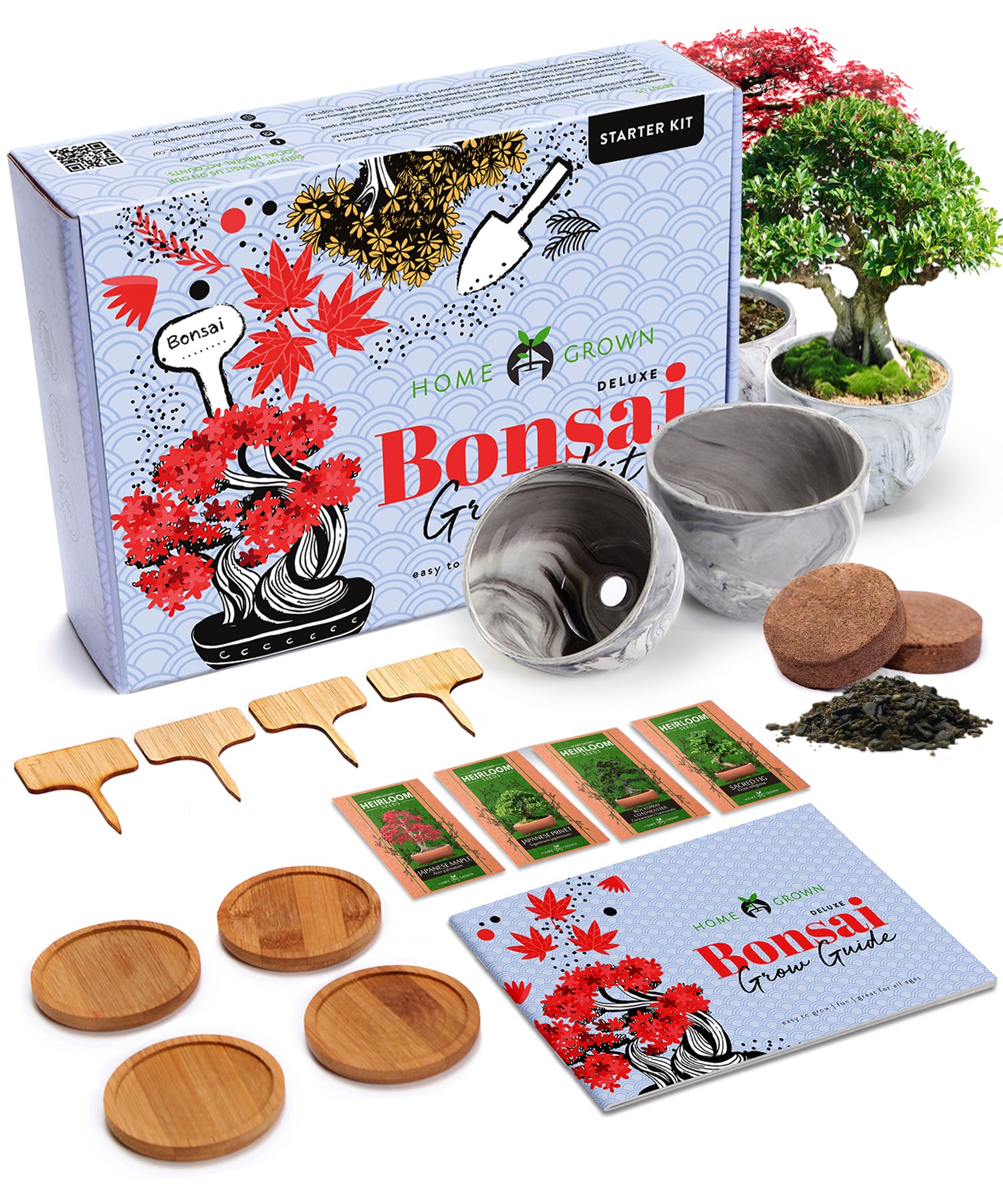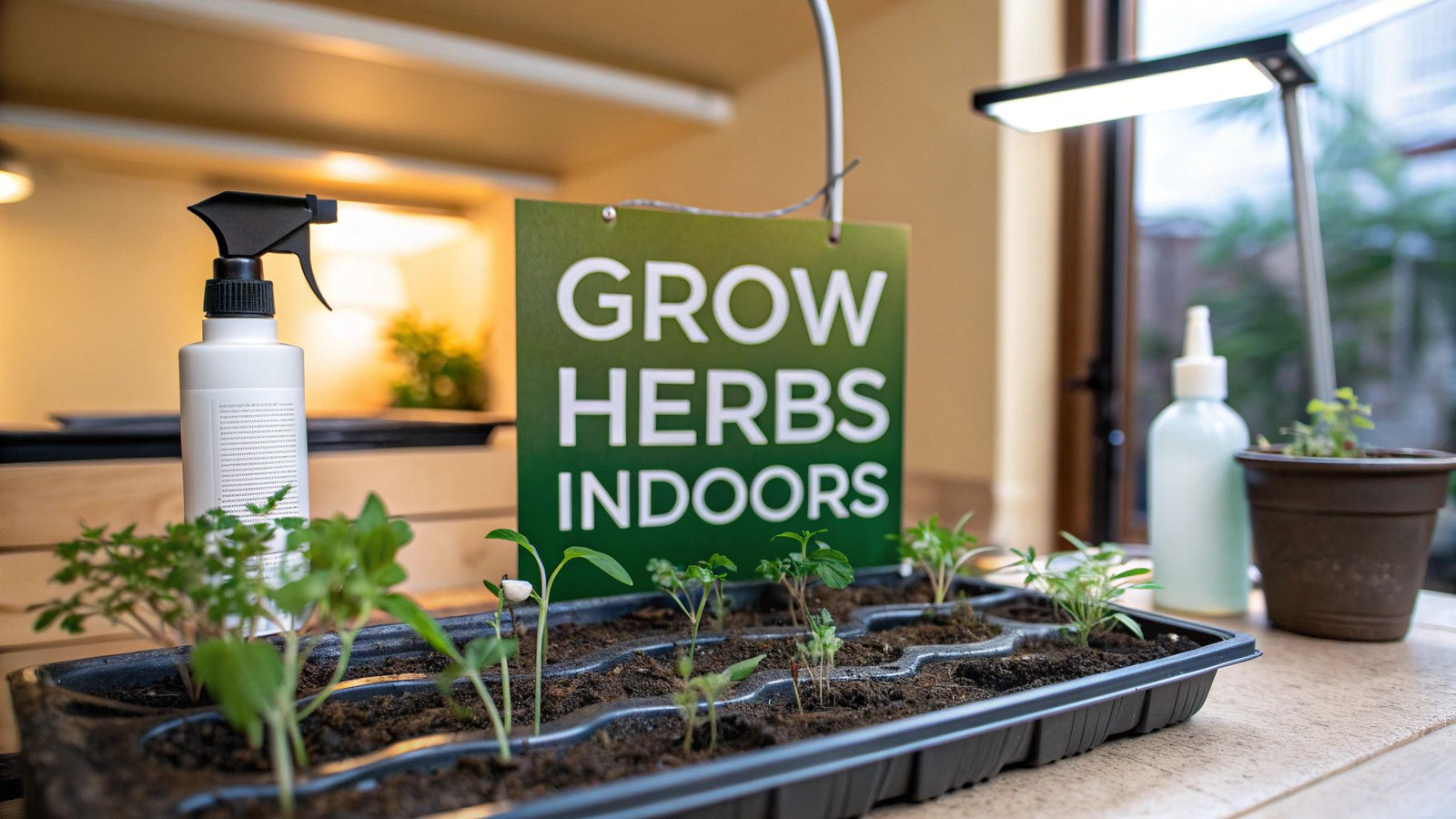
It’s a sight that makes every gardener's heart sink a little: vibrant green pepper plants suddenly sporting yellow leaves. It’s alarming, for sure, but don't panic. More often than not, this is your plant's way of telling you something simple is off, and it’s usually an easy fix.
The most common culprits? They almost always come down to water—either too much or too little—or a basic nutrient deficiency. These two issues are responsible for the vast majority of yellowing leaves I see in home gardens. In this guide, we'll walk through the 7 most common reasons for yellowing pepper leaves and the simple steps to get your plants back to green.
Your Quick Guide to Diagnosing Yellow Pepper Leaves

Think of a yellow leaf as an SOS signal from your pepper plant. Before you start grabbing random bottles of fertilizer or bug spray, it's time to play detective. A little process of elimination will help you pinpoint the exact problem, ensuring you apply the right solution instead of just guessing.
Let's walk through the most frequent causes, starting with the simplest ones to spot and correct. You’ll be surprised how often a small tweak to your routine can bring that healthy green color right back.
Common Causes for Yellow Pepper Leaves at a Glance
To make this even easier, I've put together a quick-reference table. Use it to match the symptoms you're seeing on your plant to the most likely cause. It’s a great starting point for your diagnosis.
| Symptom | Potential Cause | Quick Fix |
|---|---|---|
| Older, lower leaves turn solid yellow. Soil is constantly wet. | Overwatering | Let the soil dry out. Water less frequently but more deeply. |
| Leaves look wilted, dry, and yellow. Soil is bone-dry. | Underwatering | Water thoroughly immediately. Check soil moisture more often. |
| Older, lower leaves turn uniformly yellow, then drop off. | Nitrogen Deficiency | Apply a balanced, nitrogen-rich fertilizer. |
| Yellowing between the veins on new, upper leaves. | Magnesium or Iron Deficiency | Apply Epsom salts (for magnesium) or a chelated iron supplement. |
| Small yellow spots or stippling on leaves; webbing may be present. | Pest Infestation (e.g., aphids, spider mites) | Inspect for pests. Use insecticidal soap or neem oil. |
| Yellow spots with dark centers or halos; can spread rapidly. | Fungal or Bacterial Disease | Remove affected leaves. Improve air circulation. Apply a fungicide if necessary. |
This table is a great first step, but let's break down these issues in more detail so you can be confident in your diagnosis.
1. Overwatering

Before we jump to complex conclusions about pests or diseases, let's talk about the most common reason for pepper plants turning yellow: water. Overwatering is almost always my first suspect, especially when the lower leaves turn a soft, almost mushy yellow. It's usually a case of too much "love." A gardener sees a yellow leaf, panics, and grabs the watering can. Unfortunately, that's often the exact opposite of what the plant needs.
When the soil stays soggy, there are no air pockets left for the roots to breathe. They're literally suffocating. An overwatered plant often looks droopy, which looks a lot like a thirsty plant. The key difference is in the soil. If it’s wet to the touch and the leaves are yellowing, you're drowning it.
The Fix:
- Check the Soil: The best tool you have is your own finger. Just stick your index finger about two inches into the soil. If it feels damp, walk away.
- Ensure Drainage: If your peppers are in pots, they absolutely must have drainage holes. No exceptions.
- Water Deeply, Not Daily: Give your plants a thorough soaking, then let the top couple of inches of soil dry out completely before watering again.
2. Underwatering
On the other end of the spectrum, letting your peppers get bone-dry will also cause yellow leaves. When a plant gets desperately thirsty, it kicks into survival mode. It will start to pull resources from its older, lower leaves to save the new growth and any budding peppers.
These underwatered leaves feel completely different from overwatered ones—they'll be dry and crispy. The soil itself will often be pulling away from the sides of the pot.
The Fix:
- Soak Thoroughly: Give the plant a deep, slow watering until you see water running out the drainage holes. A thirsty plant should perk up within a few hours.
- Check More Often: In hot, dry weather, you may need to check your soil daily to prevent it from drying out completely.
- Use Mulch: A layer of mulch can help the soil retain moisture for longer.
For more tips on perfecting your watering habits, check out our guide on the best time to water your vegetable garden.
3. Nitrogen Deficiency
If you've ruled out watering issues, the next place to look is the soil. Pepper plants are notoriously heavy feeders, meaning they have a big appetite. A lack of nitrogen is a very common cause of yellowing.
Because nitrogen is a "mobile" nutrient, the plant can move it from old leaves to new growth. This is your biggest clue. A nitrogen deficiency will almost always show up as a uniform, pale yellowing that starts on the oldest, lowest leaves and works its way up the plant.
The Fix:
- Feed with a Balanced Fertilizer: Apply a good balanced liquid fertilizer. Look for one with a higher first number in the N-P-K ratio, something like a 10-5-5. For a deep dive into picking the perfect plant food, check out our guide on the best fertilizer for tomatoes and peppers.
4. Magnesium or Iron Deficiency

Other key nutrients, like magnesium and iron, are also critical for making chlorophyll—the compound that makes leaves green. Deficiencies in these nutrients create very distinct patterns of yellowing.
- Magnesium (Mg) Deficiency: You'll see yellowing between the veins on the older, lower leaves. Gardeners often call it a "marbled" or "Christmas tree" pattern because the veins stay green.
- Iron (Fe) Deficiency: This looks similar, with yellowing between green veins, but it appears on the newest, youngest leaves at the very top of the plant.
The Fix:
- For Magnesium: A classic gardener's trick is an Epsom salt spray. Mix one tablespoon of Epsom salts into a gallon of water and spritz the leaves for quick absorption.
- For Iron: This often happens in high-pH soil. Use chelated iron, a special form that the plant can absorb easily, regardless of soil pH.
5. Pest Infestations

If your watering and feeding are on point, it’s time to look for tiny invaders. Pests like aphids and spider mites suck the sap right out of the leaves, causing a stippled, yellowed appearance.
- Aphids: Look for colonies of tiny, pear-shaped bugs on the undersides of leaves and on new growth.
- Spider Mites: These are hard to see, but they leave behind fine, silky webbing. Their feeding creates a pattern of tiny yellow dots on the leaves.
- Whiteflies: Gently shake the plant. If a cloud of tiny, moth-like insects flutters up, you have whiteflies.
The Fix:
- Inspect Thoroughly: Get in the habit of flipping over leaves to check for pests.
- Use Organic Sprays: Insecticidal soap or neem oil are effective at controlling most common pepper pests. For more strategies, see our guide on natural pest control for plants.
6. Fungal or Bacterial Diseases
Microbial pathogens, often fungal or bacterial, love warm, humid weather. For peppers, one of the most common culprits is bacterial leaf spot. This disease starts as small, water-soaked spots on the leaves. These spots soon darken, but the tell-tale sign is the distinct yellow halo that forms around each lesion. As the disease progresses, the yellowing expands, and the leaf will eventually drop off.
The Fix:
- Improve Airflow: Prune some of the lower leaves and ensure your plants have enough space between them for good air circulation.
- Remove Affected Leaves: Snip off any leaves showing signs of disease immediately to prevent it from spreading.
- Water the Soil, Not the Leaves: Wet foliage is a breeding ground for disease. Water at the base of the plant.
- Apply Fungicide: If the problem persists, an organic copper-based fungicide can help control the spread.
7. Incurable Plant Viruses
This is the scenario every gardener dreads. While most causes of yellow leaves are fixable, a virus is a different beast. Once a plant is infected, it can't be cured. The strategy immediately switches from saving one plant to protecting the rest of your garden.
https://www.youtube.com/embed/qCJpbNlUfLs
Viral symptoms are usually dramatic: strange mottled patterns, severely curled and twisted new growth, and an overall stunted appearance. One of the most common culprits is a group of viruses called Begomoviruses, which are often spread by whiteflies. Research shows that viruses like the Pepper yellow leaf curl Indonesia virus (PepYLCIV) can cause massive crop losses, characterized by intense yellowing and curled leaves. You can learn more about their specific impact on pepper crops.
The Fix (Prevention is Key):
- Remove and Destroy: If you suspect a virus, carefully dig up the infected plant, bag it, and throw it in the trash. Do not compost it.
- Control Pests: Since whiteflies are a major carrier (vector) of viruses, keeping their populations down is critical.
- Practice Good Hygiene: Always disinfect your tools with a bleach solution or rubbing alcohol after handling a diseased plant.
- Buy Certified Seeds: Start with disease-free seeds from a reputable source to avoid introducing a virus from the beginning.
Proactive Tips to Keep Pepper Plants Green and Thriving
The best way to deal with yellow leaves is to prevent them in the first place. By creating a healthy, resilient garden, you can give your plants everything they need to stay lush, green, and productive all season long.
- Choose Disease-Resistant Varieties: Look for pepper varieties with codes like TMV (Tobacco Mosaic Virus resistant) or BLS (Bacterial Leaf Spot resistant).
- Give Them Space: Proper spacing (usually 18-24 inches) ensures good airflow, which is one of the best ways to prevent fungal diseases.
- Mulch Your Garden: A 2-3 inch layer of organic mulch helps regulate soil moisture, suppress weeds, and prevent soil-borne diseases from splashing onto leaves.
- Rotate Your Crops: Don't plant peppers (or tomatoes/eggplants) in the same spot year after year. A 3-4 year rotation helps break disease cycles in the soil.
- Inspect Regularly: Take a walk through your garden every couple of days. Catching a problem when it's small is the key to easy management.
By bringing these proactive strategies into your garden, you're not just growing peppers; you're building a thriving environment from the ground up. For all your gardening needs, from heirloom seeds to expert advice, Homegrown Garden is here to help you succeed. Explore our curated seed collections and grow guides to get started. Find your next favorite variety at https://www.homegrown-garden.com.




